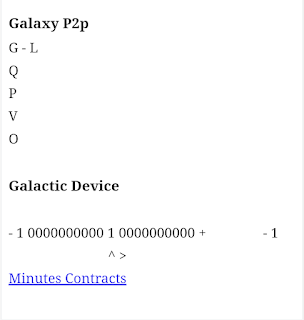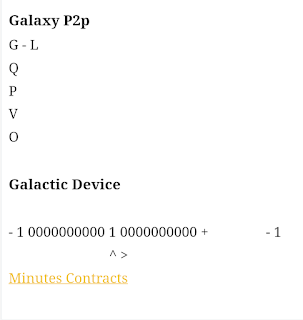Quantum Trapping
1. Quantum Dots
Definition: Nanoscale semiconductor particles that confine electrons or electron holes in three dimensions.
Mechanism: The confinement leads to quantized energy levels, affecting optical and electronic properties.
Applications: Used in displays, solar cells, and biological imaging.
2. Optical Trapping
Definition: Uses laser light to trap particles at the quantum level.
Mechanism: Focused laser beams create a potential well that can hold atoms or molecules, allowing manipulation at the quantum scale.
Applications: Important in experiments involving Bose-Einstein condensates and studies of quantum phenomena.
3. Trapped Ion Systems
Definition: Ions are confined using electromagnetic fields in a vacuum.
Mechanism: Paul traps and Penning traps create stable environments for ions, allowing precise control and measurement.
Applications: Used in quantum computing, atomic clocks, and fundamental physics experiments.
4. Bose-Einstein Condensates (BEC)
Definition: A state of matter formed at very low temperatures where a group of atoms occupies the same quantum state.
Mechanism: Atoms are cooled to near absolute zero and trapped using laser and magnetic fields, leading to macroscopic quantum phenomena.
Applications: Studies of quantum mechanics and simulations of condensed matter systems.
5. Quantum Wells and Nanostructures
Definition: Structures that confine charge carriers in one or two dimensions.
Mechanism: Electrons are confined in a thin layer, leading to discrete energy levels and enhanced electronic properties.
Applications: Used in lasers, LEDs, and high-electron-mobility transistors (HEMTs).









0 Comments